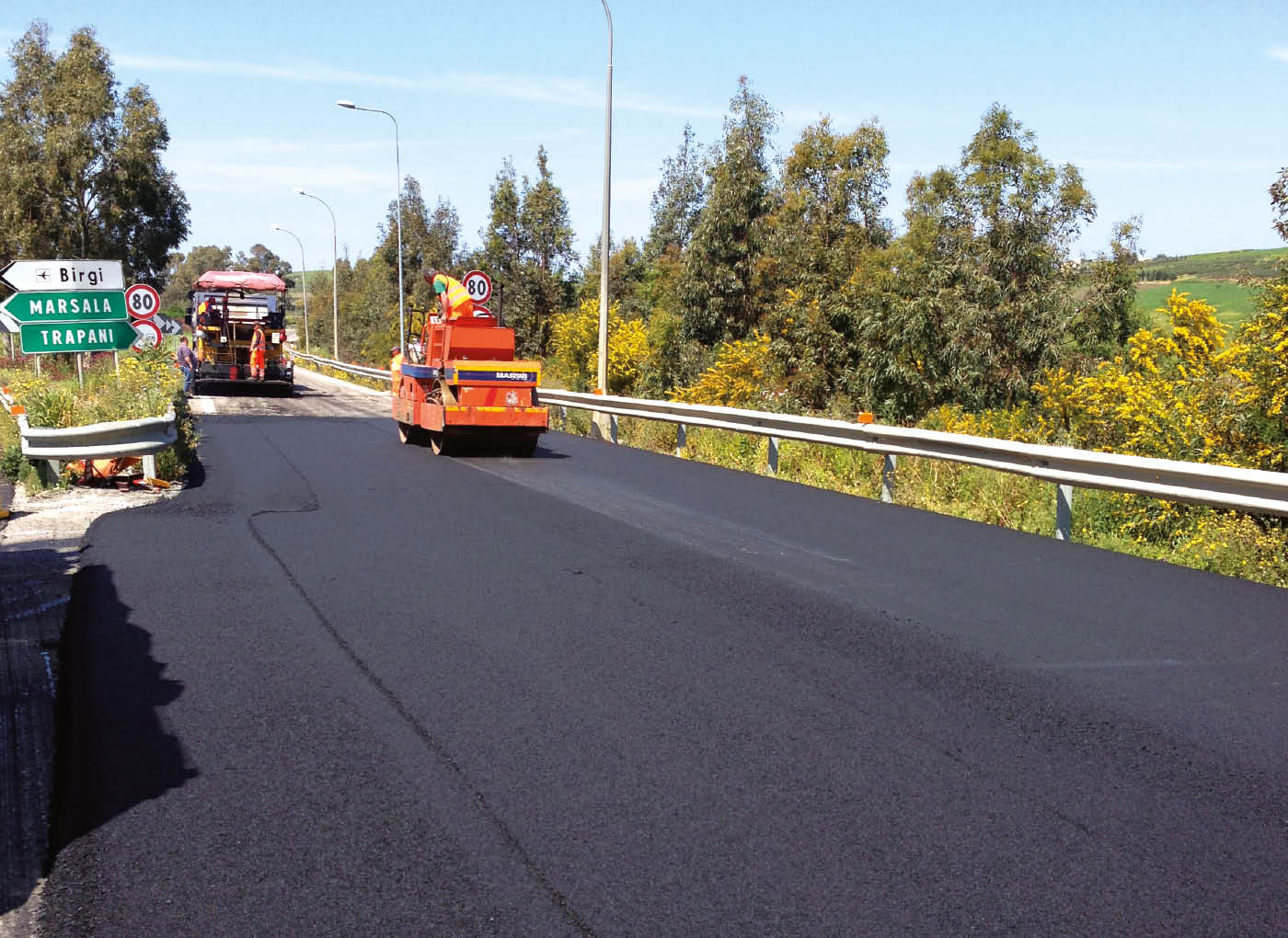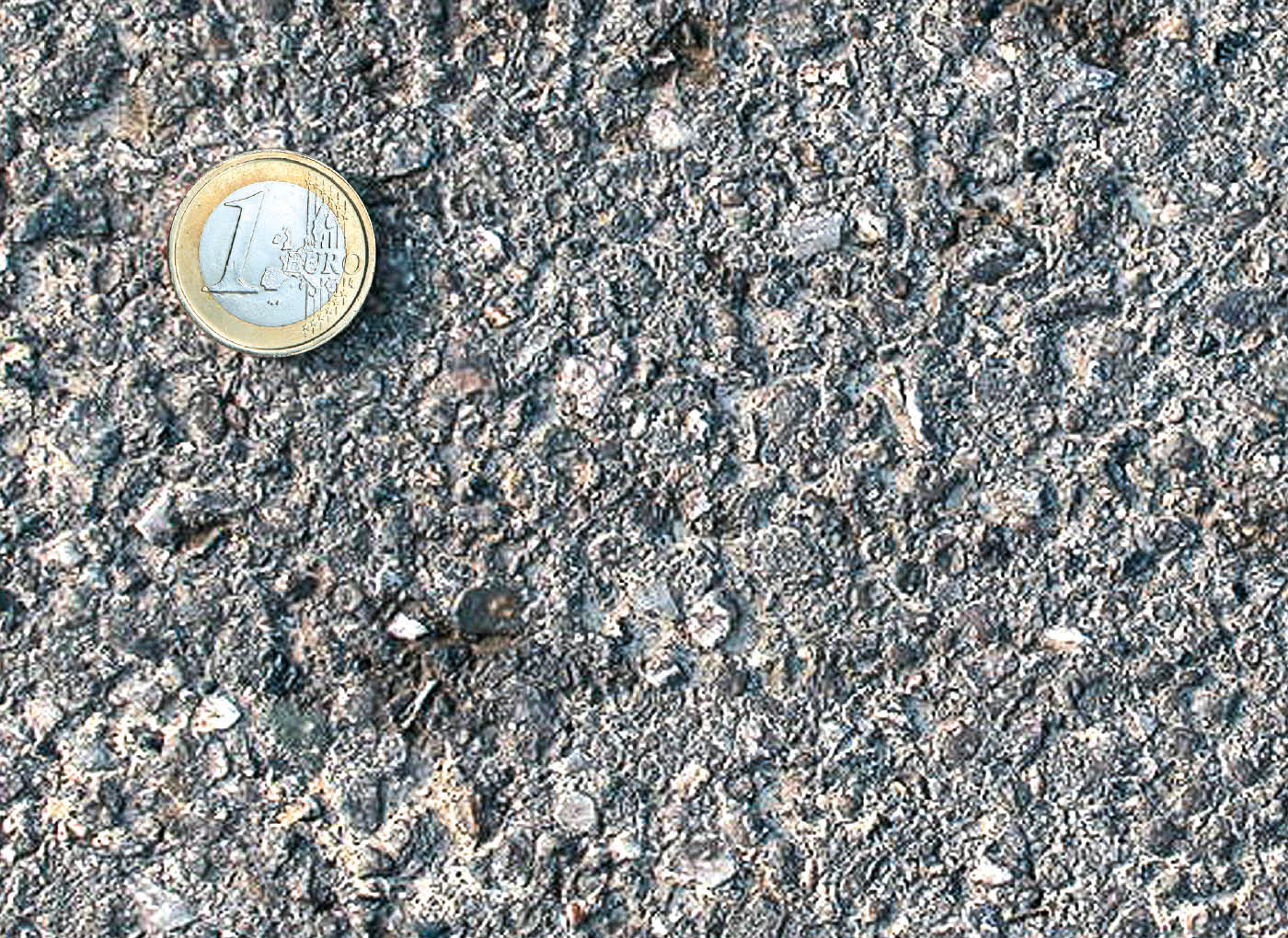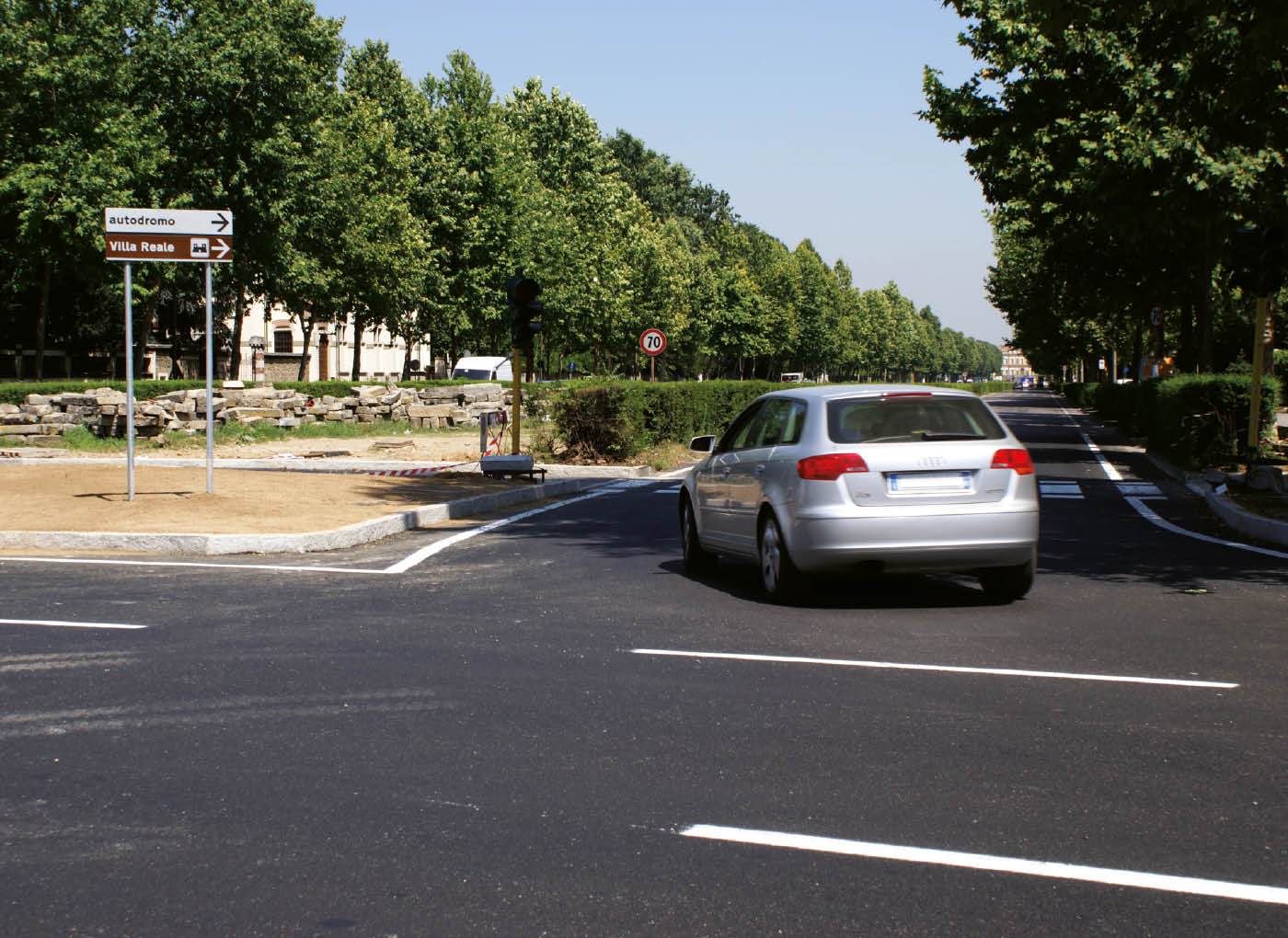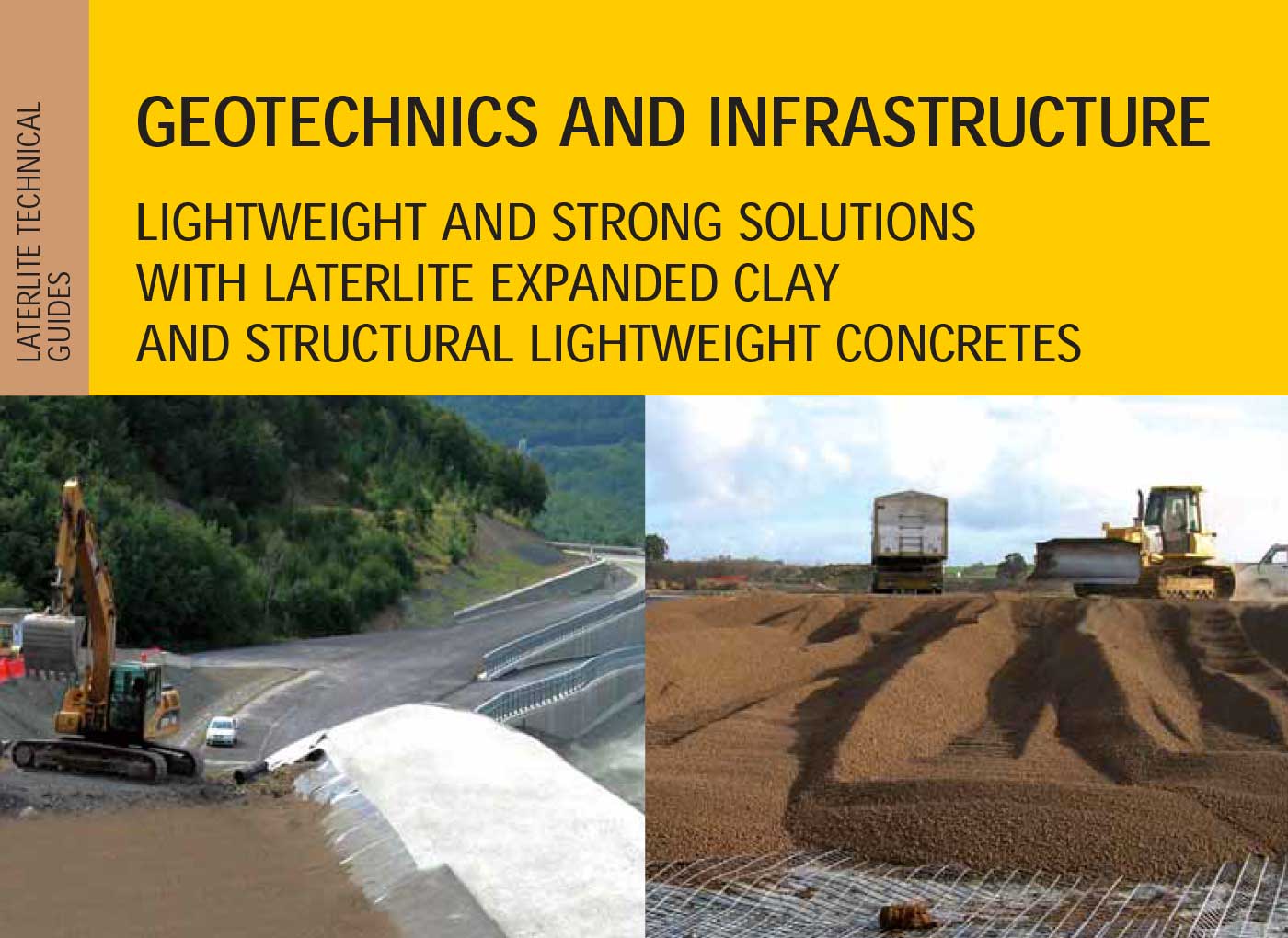The porous structure of Laterlite expanded clay, combined with a well-designed grading curve, gives asphalt concrete high performance in terms of sound absorption, for the creation of “quiet asphalt pavement” with noise reduction characteristics, either in open-graded friction courses or fine-graded surface courses.
Advantages :
A variable percentage of expanded clay included in the mix, from 11% – 13% by weight, significantly increases the sound absorption (by 3 dB)
accelerated polishing coefficient (A.P.C.) of the aggregates used. This characteristic does not remain constant over time: in fact, due to contact with the tyres and the aggregates a gradual process of polishing of the asphalt mix surface occurs.
This phenomenon, which take place after a few months of road use, tends to progressively reduce the skid resistance of the road (reduction of the Coefficient of Lateral Friction).
The use of expanded clay, thanks to its A.P.C., gives the bituminous mix higher Coefficient of Lateral Friction values than can be obtained with the best basalts (either in open-graded permeable friction courses or fine-graded surface courses) and constant over time.
Advantages:
High grip over time: better lateral friction coefficients for anti-skid road surfaces and lower wear with respect to the best basalts, either for open-graded permeable friction courses or fine-graded surface courses.
Expanded clay is used in hot in-place asphalt recycling, adding a maximum of 10% of the weight of the aggregates, to provide the wearing courses with high performance in terms of surface grip (Coefficient of Lateral Friction > 57).
Another important function of Laterlite expanded clay is to stabilise the bituminous mix by preventing the accumulation of fine particles and by regulating the distribution of the bituminous binder.
The addition of expanded clay allows, if necessary, the use of higher percentages of binders, without the risk of backflow, and improves the chemical and physical characteristics of the conglomerate thanks to its high “buffering” characteristics. Hot asphalt recycling with expanded clay can be carried either for open-graded permeable friction courses or fine-graded surface courses.
Advantages:
Better grip and anti-skid characteristics of recycled asphalt, more homogeneous and stable mix, possibility to increase the percentage of binder according to the needs.
Low density asphalt concrete can be produced by replacing a higher percentage of natural aggregates with lightweight expanded clay aggregates.
Lightened bituminous mixes can be used both as a binder course and as a wearing course on top of existing structures, especially in the case of maintenance and repair of bridges and viaducts, or in car parks on slabs or on decks, existing or new, to avoid overloading.
Advantages:
Reduction of loads on structures. Possibility of creating thicker layers in case of changes in the profile of the carriageway.




